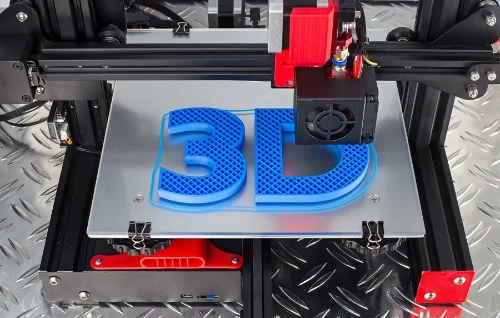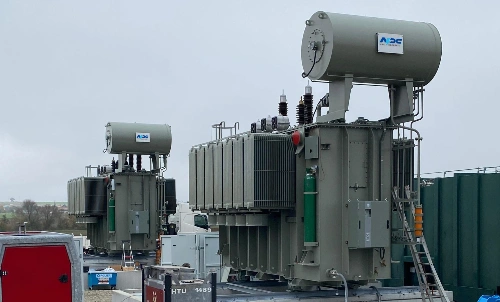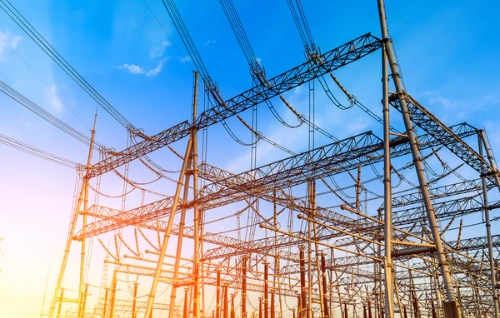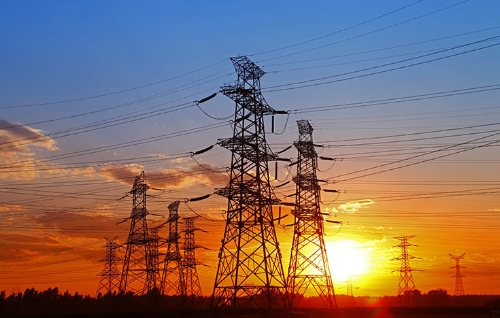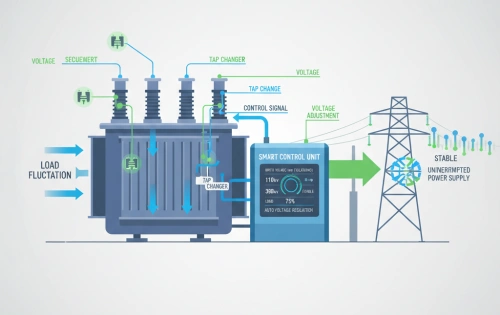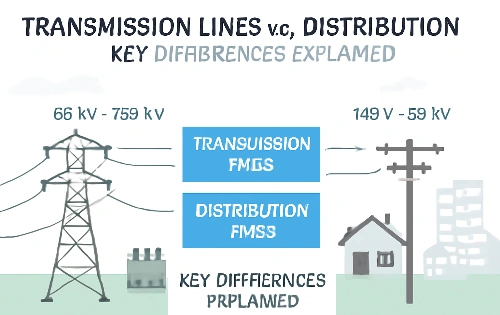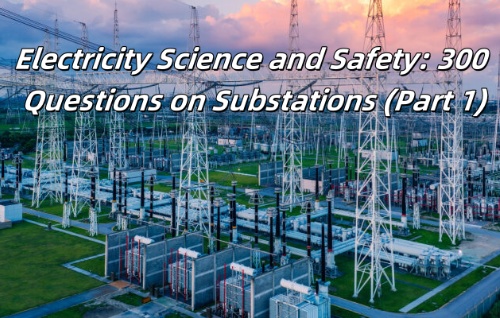2025 Wires & Cables Development Trend in Industry
As global electrification accelerates, the wire and cable industry is poised for transformative growth in 2025. Driven by massive investments in renewable energy, the electrification of transportation, and digital infrastructure expansion, the demand for wire and cable products is reaching unprecedented levels. From power cables in high-voltage applications to optical cables enabling high-speed data transmission, wires and cables are the silent enablers of modern industrial ecosystems.
This article explores the key trends, technologies, and regional shifts shaping the wire and cable market in 2025, highlighting how manufacturers are adapting to new performance standards, sustainability expectations, and global supply chain dynamics.
1. Market Growth Trends: A Multi-Sector Surge
The global wire and cable market has experienced robust growth since 2020, fueled by the rising demand in sectors such as automotive, energy, construction, and telecom. As we move into 2025, this growth continues, driven by electrification and data connectivity expansion.
📈 Chart 1: Global Cable Market Size Trends (2020-2025)

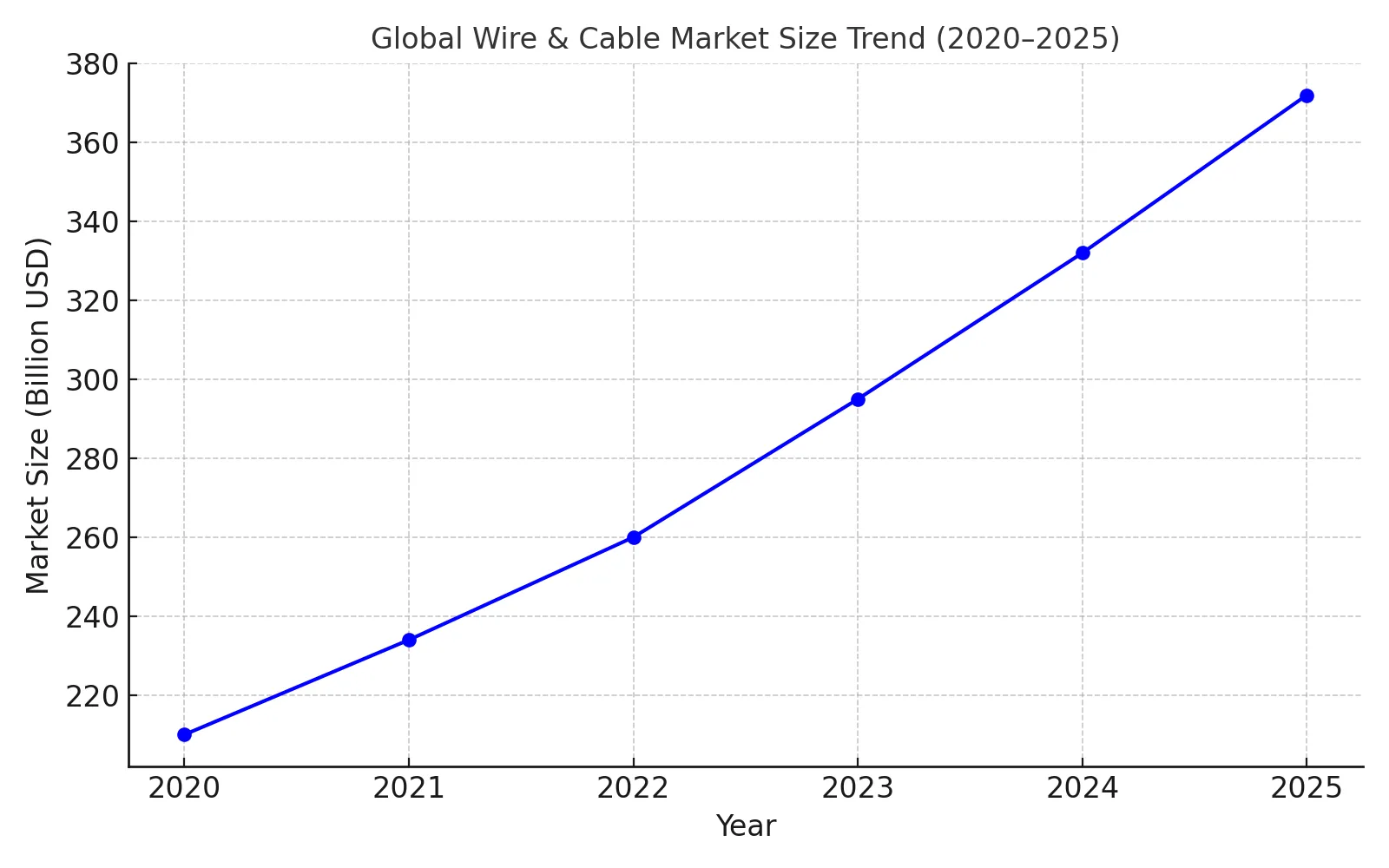
*2025 is the predicted value. Data sources: Statista, MarketsandMarkets, and industry analysis reports
The market is projected to reach $372 billion in 2025, with power cables, optical cables, and EV wiring systems contributing the largest share.
2. Electric Vehicles and Grid Electrification
The rapid adoption of electric vehicles (EVs) has led to a surge in demand for high-performing cable systems. These must withstand higher temperatures, rapid charging cycles, and electromagnetic interference while meeting stringent weight and space constraints.
Simultaneously, global governments are investing in renewable energy projects and electricity grids, driving the need for high-voltage cables and power transmission infrastructure that can support large-scale energy flow over long distances.
3. Optical Cables and Data Infrastructure Boom
The expansion of optical cables is another major driver, particularly as 5G, IoT, and data centers proliferate. In 2025, high-speed and high-bandwidth data transmission will be essential for both industrial and consumer systems.
Governments and telecom giants are rolling out fiber-to-home (FTTH) and backbone networks, requiring robust, scalable cable infrastructure.
4. Global Manufacturing Capacity: Regional Shifts
Production capacity has historically been concentrated in developed regions, but 2025 shows a shift. The Asia-Pacific region is rapidly expanding its dominance due to lower labor costs, integrated supply chains, and high local demand.
🌍 Chart 2: Regional Distribution Comparison of Global Cable Production Capacity (2025 Forecast)
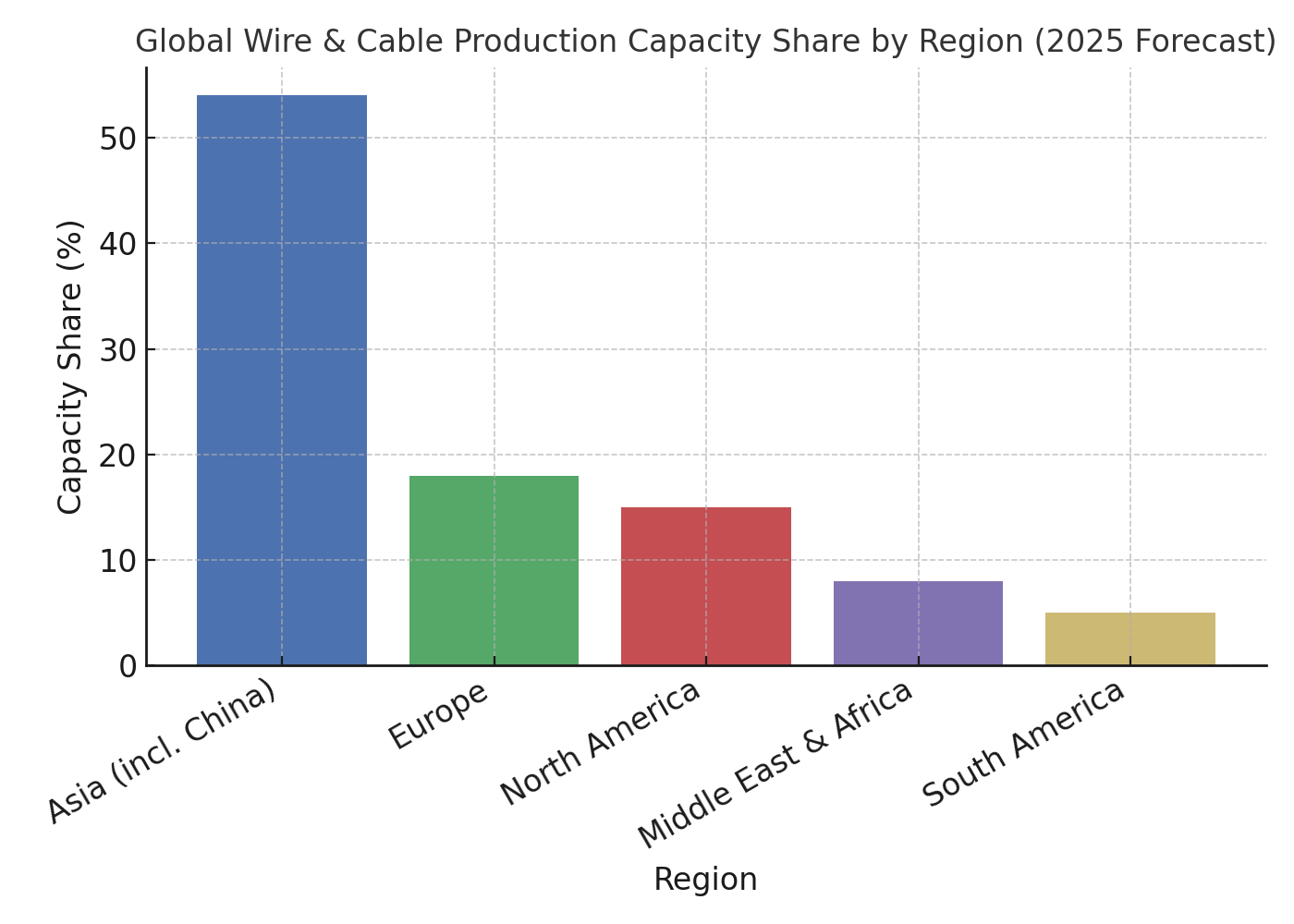
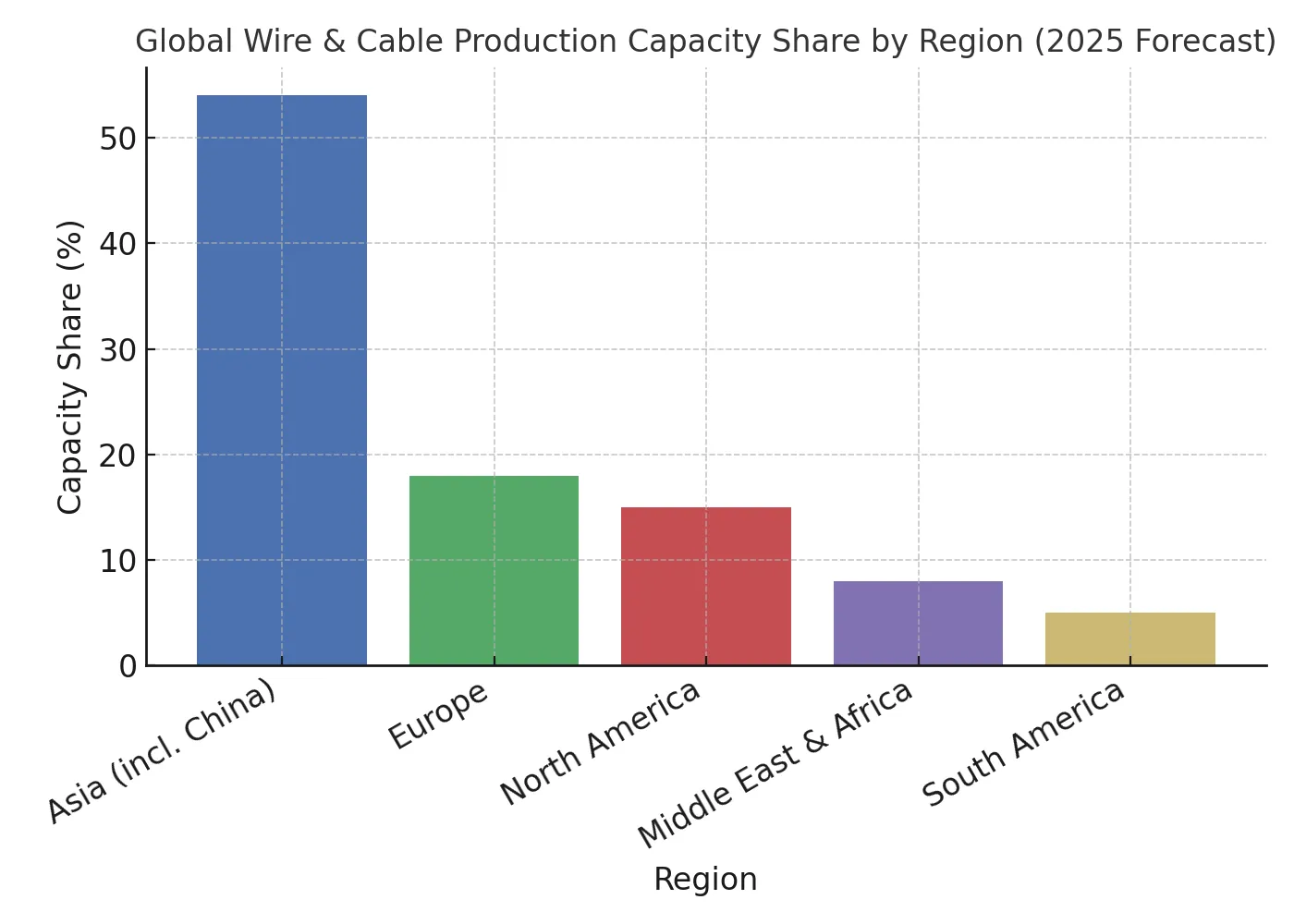
Data sources: CRU Group, ICF, GlobalData Research Report Summary
5. Manufacturing Process Innovation
To stay competitive, wire and cable manufacturing is leveraging AI, robotics, and material innovations:
- Automated extrusion and insulation systems for precision and efficiency
- Real-time quality monitoring for defect detection and reduced waste
- Eco-friendly materials and recyclable jacketing for sustainability
Smart manufacturing not only improves productivity but also ensures compliance with increasingly strict environmental and safety regulations.
6. Product Diversification & Custom Engineering
2025 sees growing demand for application-specific cable solutions, including:
- Submarine high-voltage DC cables for offshore wind farms
- Fire-resistant and halogen-free cables for tunnels and skyscrapers
- Flexible EV interconnects with shielded insulation
- Hybrid cables combining signal and power lines for industrial robots
This diversification reflects the transformation from commodity materials to engineered performance products.
7. Sustainability as a Core Value
Sustainability drives both regulatory and consumer behavior. Manufacturers are adopting:
- Circular economy models for cable recycling
- Biodegradable and low-carbon materials
- Transparent EPDs (Environmental Product Declarations)
As industries commit to net-zero goals, cable producers are under pressure to quantify and reduce the lifecycle emissions of every meter of product.
8. Outlook and Strategic Focus for 2025
The wire and cable industry in 2025 is no longer a traditional sector—it is a technology-centric, performance-driven ecosystem supporting the future of energy, mobility, and connectivity.
Key imperatives for industry stakeholders include:
✅ Investing in AI and smart manufacturing
✅ Developing regionally certified, market-specific cable systems
✅ Expanding into high-voltage and fiber segments
✅ Building resilient supply chains and green operations
Conclusion
Wires and cables are the invisible backbone of our global infrastructure, powering the next generation of EVs and enabling smart grids and 5G. The increased demand for wires and cables is reshaping how we build, transport, and communicate. In 2025, the winners in this space will be those who innovate, customize, and sustainably scale their operations to meet the evolving needs of a connected, electrified world.

